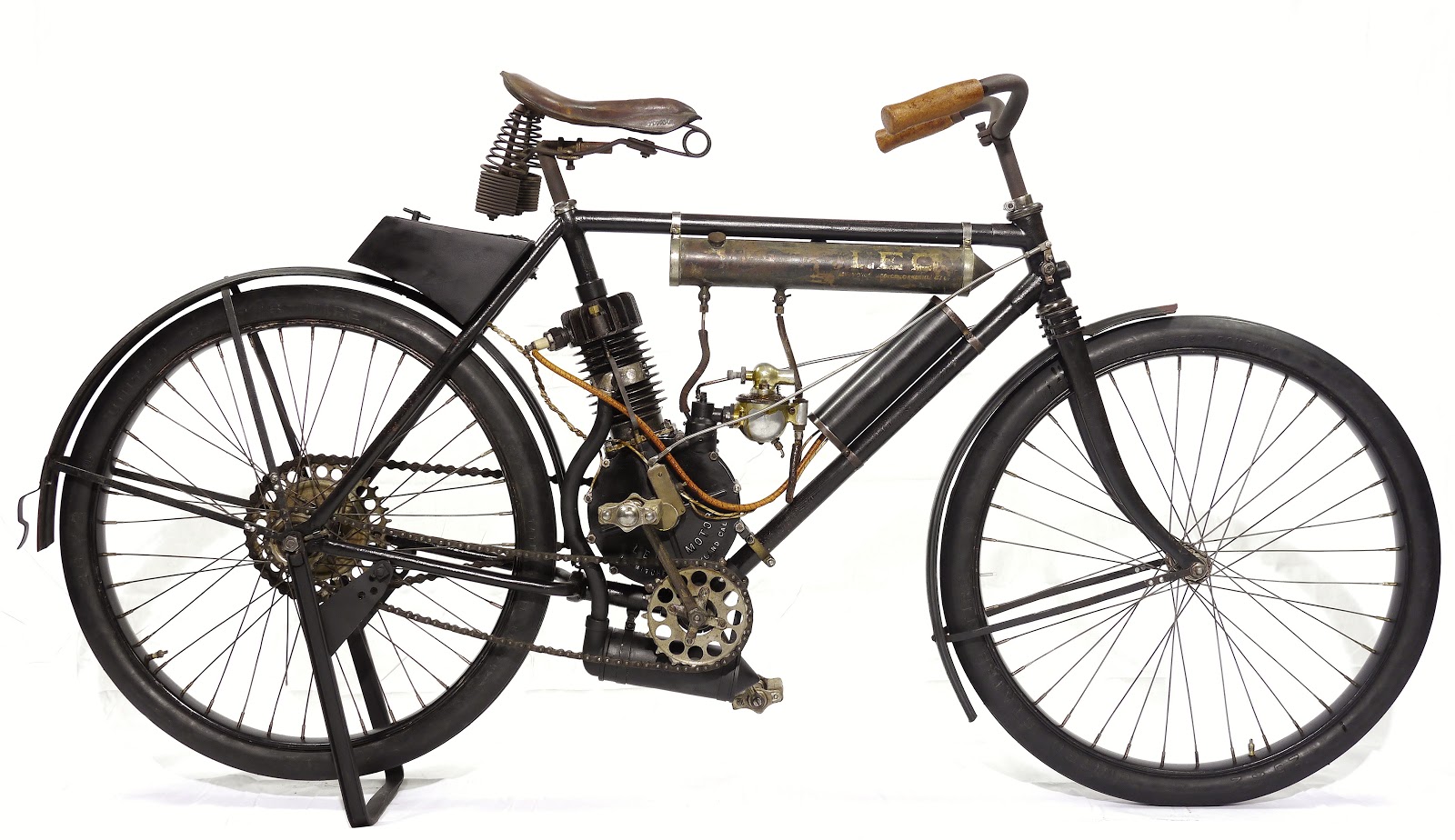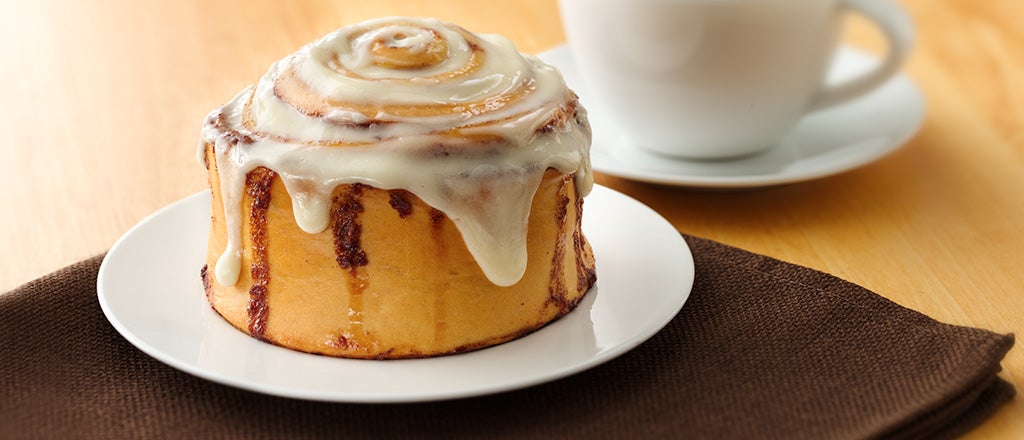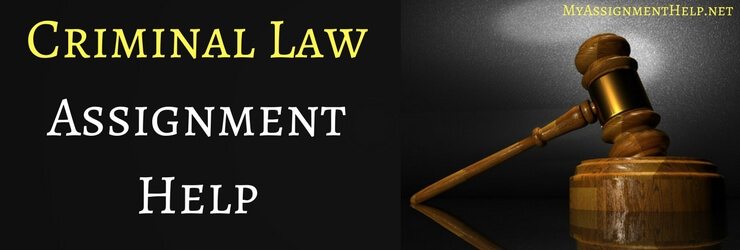How to Write Flashbacks: 4 Flashback Writing Tips - 2020.
A flashback is a scene that you show in your story in real-time, but which happened in the past. The fact that it’s shown in real-time is good. You’re not showing it in narrative summary or exposition. You’re playing it out like a movie in your reader’s head.
A flashback is a piece of writing that shows the reader what happened in the past. The author does this by writing a scene set in the past. This flashback interrupts the flow of the current story. Should We Use Flashbacks?

How to Handle Flashbacks In Writing. 1. Make It Clear You are Moving Back in Time. Have you ever read a novel and somehow missed the fact that the author has moved back in time? There. 2. Hook the Reader First. 3. Make the Flashbacks Natural.

Flashbacks are a popular literary technique for writers to use when starting a story in medias res (in the middle of things), to add drama or suspense, or to fill the reader in on important information. A flashback typically is implemented by: The narrator tells another character about past events The narrator has a dream about past events.

Nearly all stories use that classic story element, the flashback. It’s often a good idea for pacing to allow the present action to leap ahead while allowing brief back periods of explanation or emotional depth. But it can be tricky to transition from the present to the past and back again.

A flashback in a book or film is when the current plot is interrupted so that a scene which previously occurred can be shared with the reader. This scene, which often occurred prior to the opening scene of the novel or movie, helps to give the reader information about characters or events so that they can be better understood.

The flashback option is often used to create a little mystery. In this case, the story opens after the inciting incident, so the reader wonders what happened that everyone is reacting to in the first act. Only at a later point in the story does the reader discover what the inciting incident was.
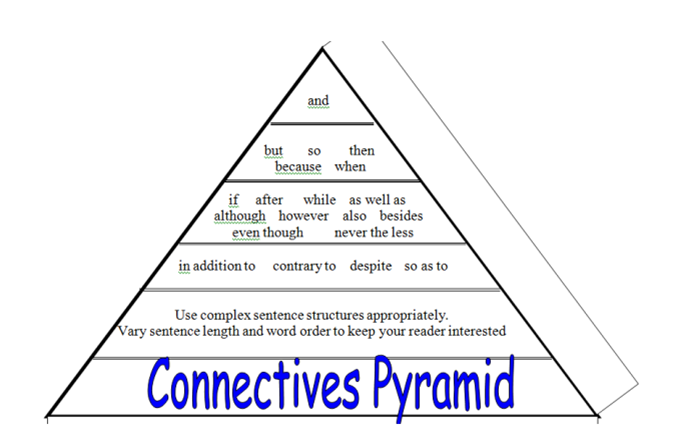
Using the Harry Potter books by J.K. Rowling, children explore different forms of flashback and identify its various functions. They then create a flashback in the form of a Pensieve memory. Website All Flashbacks planning and resources from the TES Flashback Story - Late for School Again!
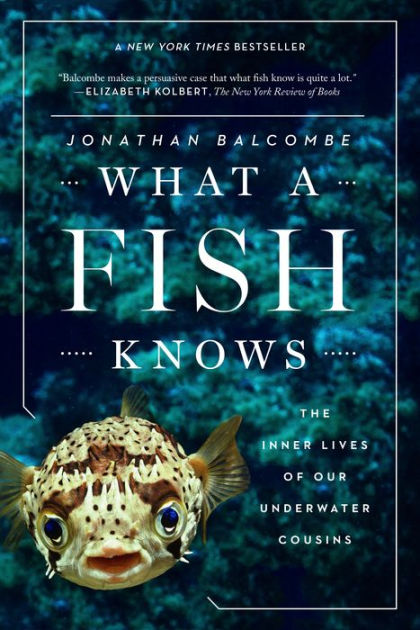
To use flashback, Write the story in the present situation. Insert necessary information using flashback. Let’s use the tips above to create our own flashbacks.

Category: Inspiration for writing, Writing tips Tags: flashback week, Ideas Leave a Comment Conflict and drama make great stories. This drama doesn’t have to be current though, your character could have already been through turmoil and lived to tell the tale.
Write the first paragraph or the first few sentences of your flashback or long passage in past present tense. Then, slip into simple past tense for most of your flashback. I usually start a new paragraph before I go into the simple past tense, rather than mixing two tenses in a paragraph, but this is a stylistic choice, and it may depend on what you’re writing about and even on the rhythm of.
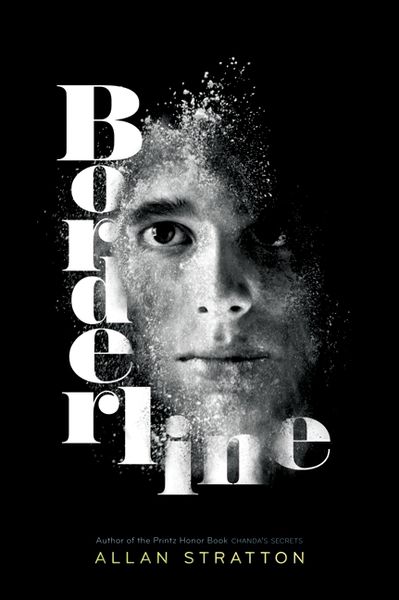
Flashbacks and dreams place us in the mind of the character who is relating them. This causes us to identify with that character, drawing us into their story. Unless that character is our main character, though, our empathy will be split, and the dramatic force of the narrative weakened. Flashbacks interrupt the narrative flow.

The purpose of flashbacks in a screenplay is to give the audience information that is needed to move the story forward and to clarify the actions of the characters. They should only be used when absolutely necessary. When a character recalls an important event from his past, that memory can be shown in a flashback.
